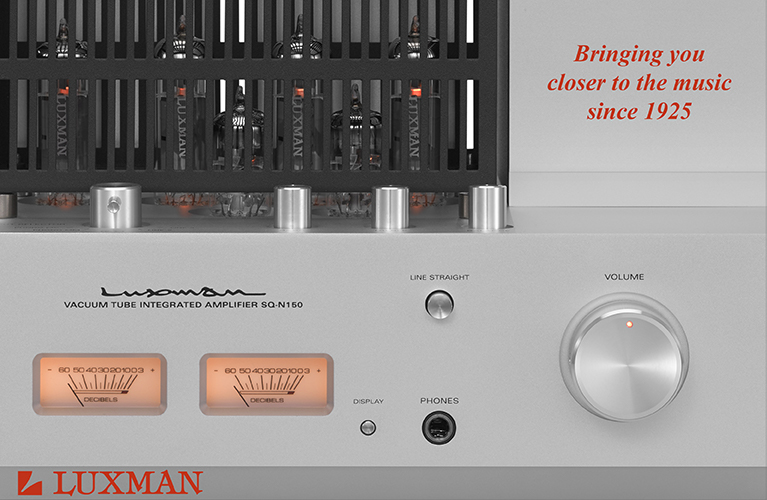 In a passive multiway loudspeaker -- that is, a passive speaker with more than a single drive-unit, and thus requiring a crossover to distribute the audio signal among its various drivers -- the electronic components of the analog crossover appear in the circuit after the signal has been received from the power amplifier, and before the signal is sent to the speakers’ drivers. In an active multiway loudspeaker, the audio signal is sent to the crossover first, before being sent on to the multiple amplifiers that directly power the drive-units.
In a passive multiway loudspeaker -- that is, a passive speaker with more than a single drive-unit, and thus requiring a crossover to distribute the audio signal among its various drivers -- the electronic components of the analog crossover appear in the circuit after the signal has been received from the power amplifier, and before the signal is sent to the speakers’ drivers. In an active multiway loudspeaker, the audio signal is sent to the crossover first, before being sent on to the multiple amplifiers that directly power the drive-units.
A main advantage of the active approach is that it gives the designer much more control over how the amplifiers and drivers work together, particularly when digital signal processing (DSP) is used to control the drivers’ outputs -- as in Dutch & Dutch Ltd.’s 8c minimonitor ($12,500/pair USD), which Diego Estan reviewed for SoundStage! Hi-Fi in April 2019.
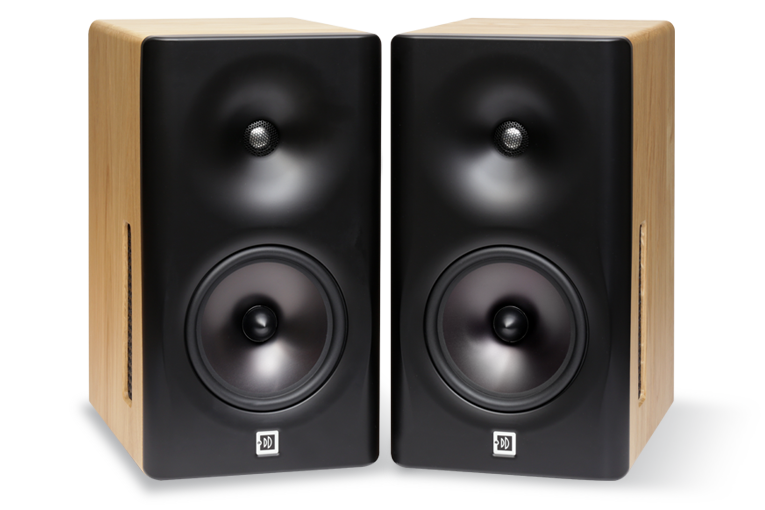
The three-way 8c is designed and manufactured in The Netherlands, and for a stand-mounted speaker it’s big and heavy: 19.1”H x 10.6”W x 15”D and 57 pounds. Its front baffle of thick plastic has a smoothly rounded surface, to reduce diffraction effects, but the rest of the double-layered cabinet is wood: a main cabinet of 19mm-thick oak enclosing a subcabinet of 18mm-thick birch plywood. On the baffle are a 1” aluminum-magnesium dome tweeter at the bottom of a deep waveguide, and an 8” aluminum-cone midrange, the two drivers crossed over at 1250Hz. On the rear are two 8” aluminum-cone woofers, crossed over to the midrange at 100Hz.
The three built-in amplifiers are all class-D designs. The two woofers are driven by a single 500W amp, and the tweeter and midrange each have a 250W amp. A DSP engine filters and smooths the drivers’ outputs, and keeps their outputs in phase with each other. This phase alignment makes possible a coherent collective wavelaunch from a speaker with two rear-firing woofers and a side-vented midrange driver. With the 8c in close proximity to the front wall (less than half a meter between the back of the 8c and the wall), the woofers acoustically couple to the wall. The result is that the wall essentially becomes a part of the speaker itself and shapes the speaker’s bass output into a hemispherical pattern. The midrange driver’s front-radiated energy and its back-radiated energy (that comes out through the side vents) combine to shape the speaker’s midrange output into a cardioid (i.e., heart-shaped) pattern. This results in less midrange sound being radiated towards the side wall and practically nothing towards the front wall. The tweeter’s constant-directivity waveguide, unique bass implementation, and cardioid midrange theoretically result in easier placement and better interaction of the speaker’s output with the room.
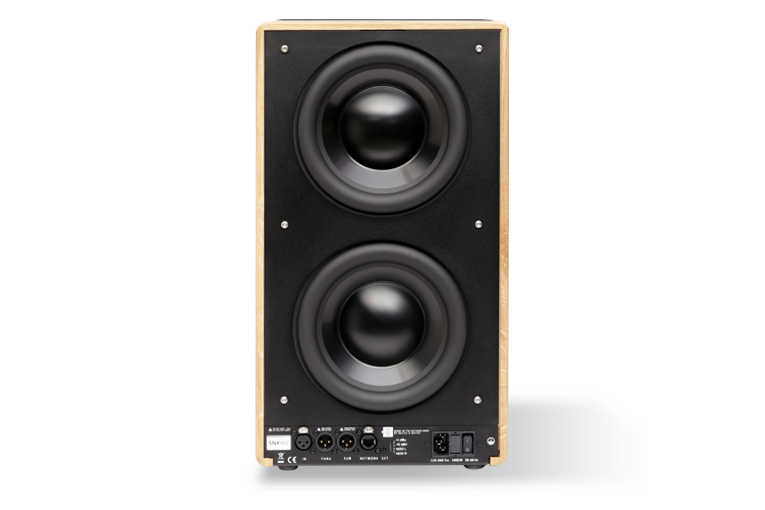
Via a control app, the 8c’s output can also be adjusted to take into account the speaker’s distances from the walls behind and beside it. Ideally, the speakers should be placed close to the wall, as Diego set them up, but a Free setting is also offered for situations in which the speakers must be more than 31.5” (80cm) from the wall. There are just two ways to send music signals to the 8c, both via balanced (XLR) jacks: a 110-ohm AES/EBU digital input, and an analog input. Diego went the latter route, in which analog signals are converted to digital by the 8c’s built-in analog-to-digital converter.
The first thing Diego noticed was the Dutch & Dutch 8c’s bass, which he described as “taut, firm, warm, deep” -- so deep that he found it “difficult to comprehend”: the 8c reached down to 20Hz, which meant that this stand-mounted minimonitor is a true full-range loudspeaker that can reproduce the entire audioband (20Hz-20kHz). “That’s not just exceptional,” he wrote -- “it’s incredible.”
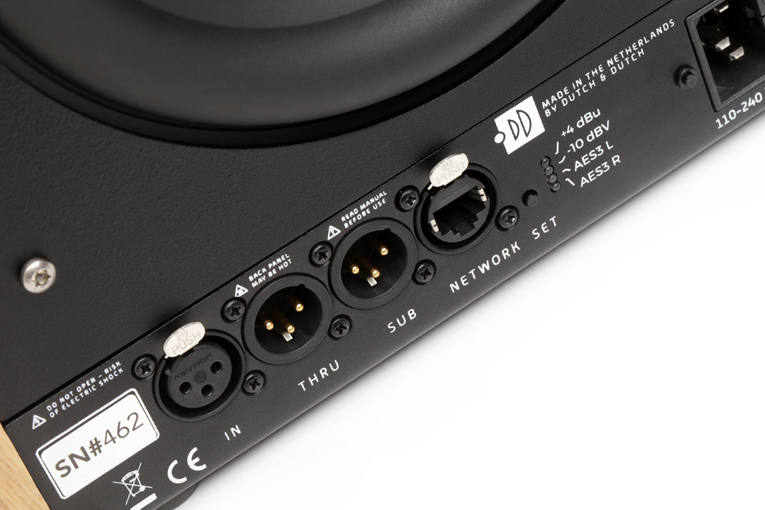
Nor did anything about the 8c’s deep-bass output stick out in a bad way. It was combined with a midrange that Diego described as “detailed, smooth, and neutral, without audible cabinet colorations,” and a top end that sounded “engaging, free of grain, and never over accentuated.” He found the overall sound of the 8c to be “smooth and neutral, accentuating or muting no part of the audioband over other parts.” He also determined that the 8c “could rock and play really loud.” Diego played “Like a Stone,” from Audioslave’s Audioslave (16-bit/44.1kHz FLAC, Sony Music Entertainment):
It felt as if Brad Wilk’s drum kit was in the room -- I could feel the low-frequency wavefront from his kick drum hit my chest. In the loud, complex chorus, I turned it way up and heard no compression, no obvious distortion, edge, or glare. Cornell’s guttural howls came through, overlaid with the lead and rhythm guitars -- no detail was compromised.
When Diego played a track with a simpler arrangement -- “Nightswimming,” from R.E.M.’s Automatic for the People (16/44.1 FLAC, Warner Music Canada), which features “Michael Stipe’s distinctively wailing, emotive singing, accompanied by Mike Mills on piano” -- he heard this:
Here the 8c’s showed that, in addition to big and loud, they could also do simple and nuanced. The piano’s opening notes had weight and delicacy, the plunk of each keystroke distinctly decaying into oblivion. When Stipe enters, the piano remained perfectly balanced on the soundstage, off to right of and below Stipe’s tightly focused voice -- but every keystroke could still be heard, spreading out to occupy the appropriate width. The 8c’s reproduced Stipe’s voice smoothly, without glossing over any of the nuances in his singing that convey such feeling. The strings were also reproduced with delicacy and realism. The soundstaging was exemplary, showing me precisely the space the strings reside, mostly to the left of and behind Stipe. Each element of the mix was presented by the 8c’s in perfect balance with the others.
Our own anechoic measurements of the 8c show that it delivers the neutral frequency response Diego describes, both on and off axis. The measurements also reveal the deep-bass extension that he heard and felt in his room -- at 20Hz, the anechoic response is down only about 10dB. This means that the actual energy at that frequency will be much higher in a listening room, as Diego measured in his.
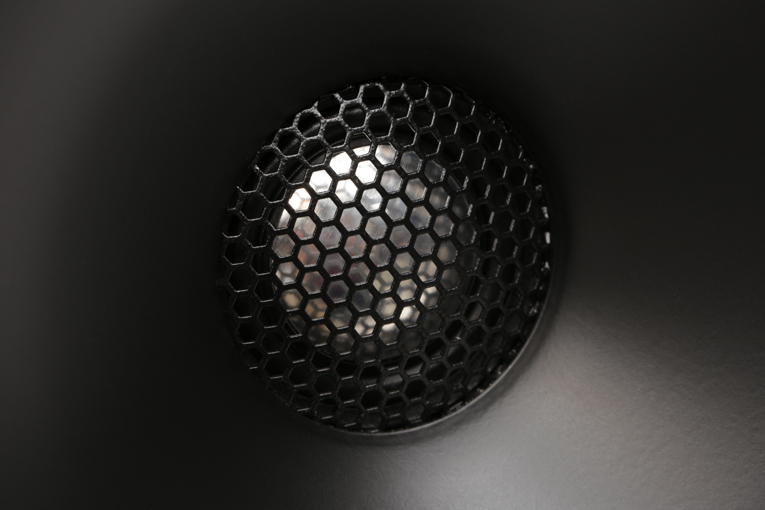
In his “Conclusion,” Diego wrote: “Overall, the Dutch & Dutch 8c’s not only exceeded my expectations for how a pair of stand-mounted speakers could perform, in many ways they bettered the performance of my current setup. . . . ” That setup included Bowers & Wilkins 705 S2 minimonitors, an SVS SB-4000 subwoofer, a McIntosh Laboratory C47 preamp and MC302 power amp, and a miniDSP DDRC-22 running Dirac Live, the last optimally tailored to his room. The D&Ds’ great sound caused his wife to ask, “Do you have to give these back?”
The 8c is Dutch & Dutch’s first product, and it’s a winner -- and the latest loudspeaker to be added to our list of Recommended Reference Components.
Manufacturer contact information:
Dutch & Dutch Ltd.
Claes de Vrieselaan 164
3021 JZ Rotterdam
The Netherlands
Phone: +31 10-737-0863
E-mail: info@dutchdutch.com
Website: dutchdutch.com






















